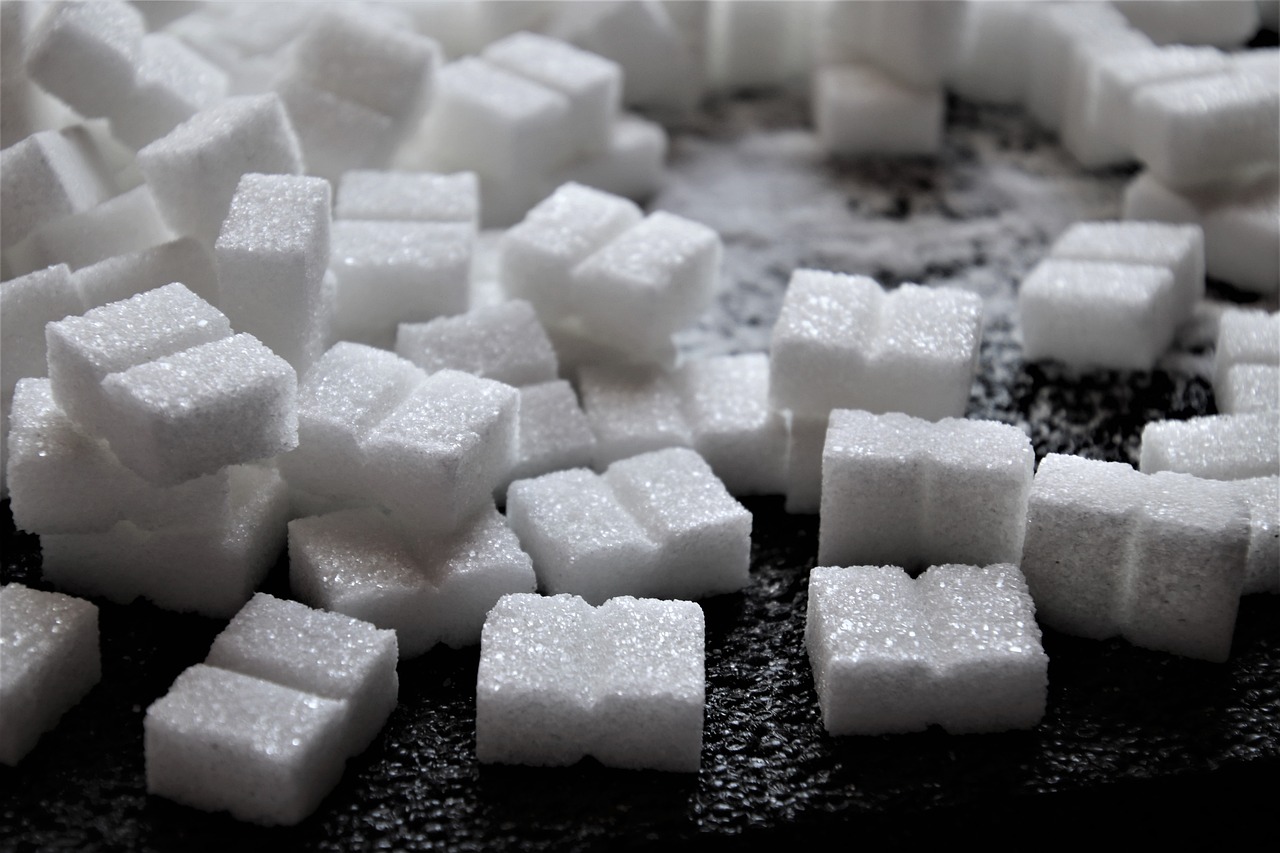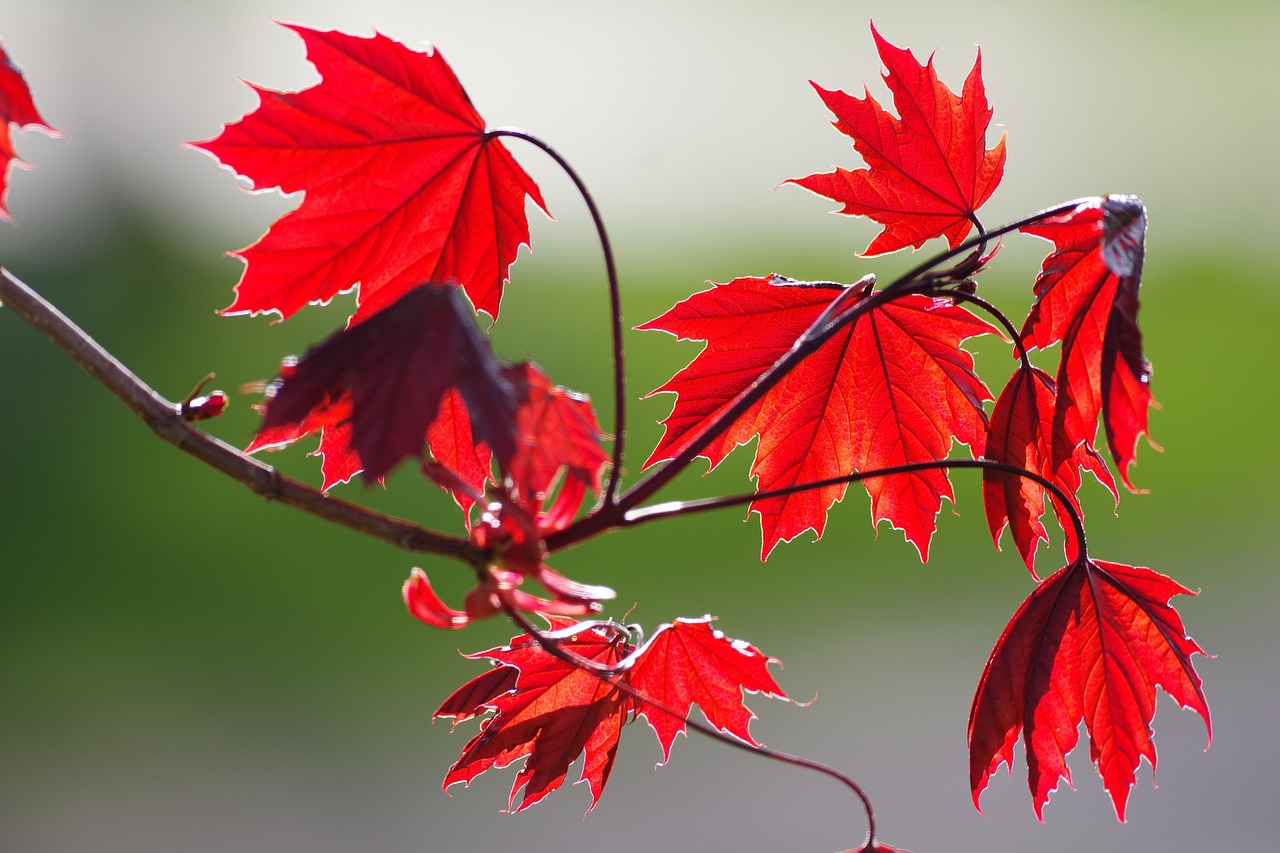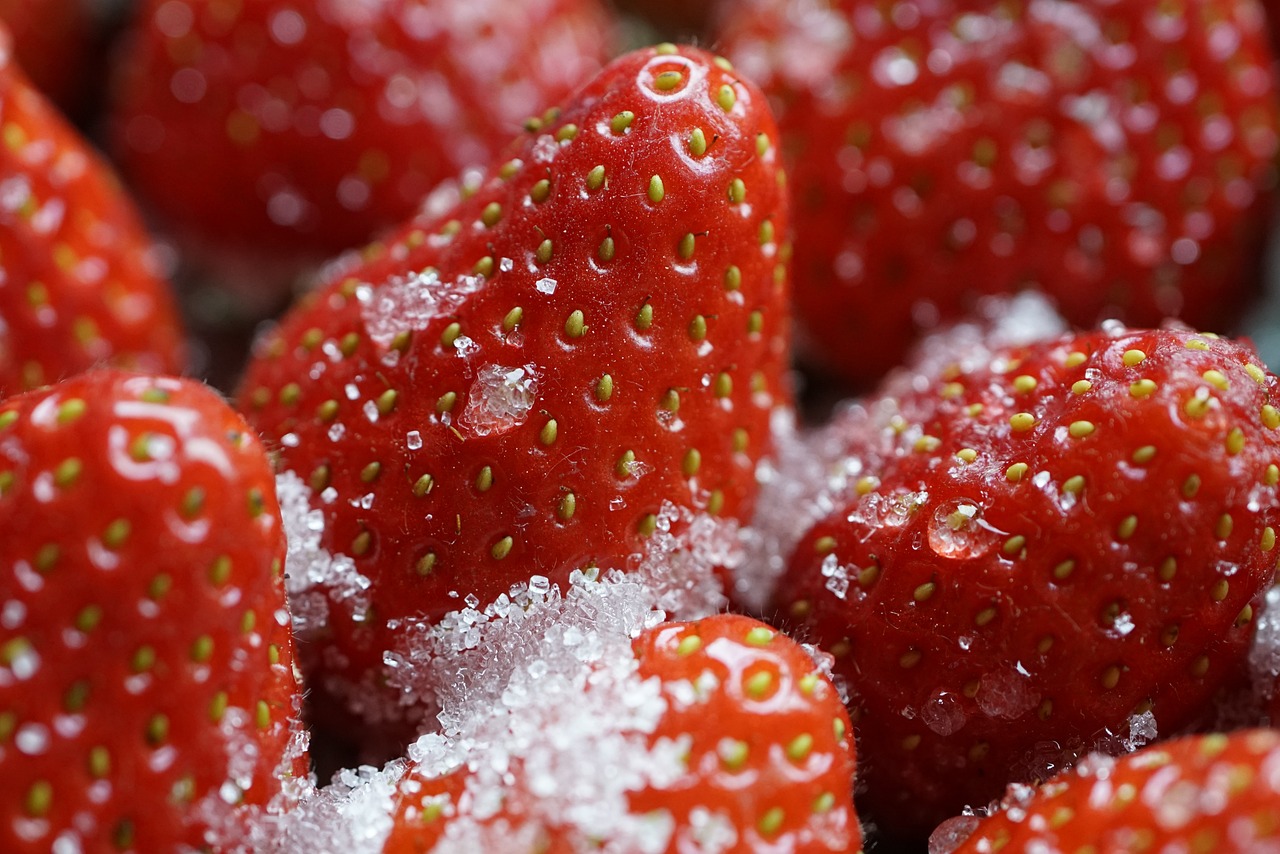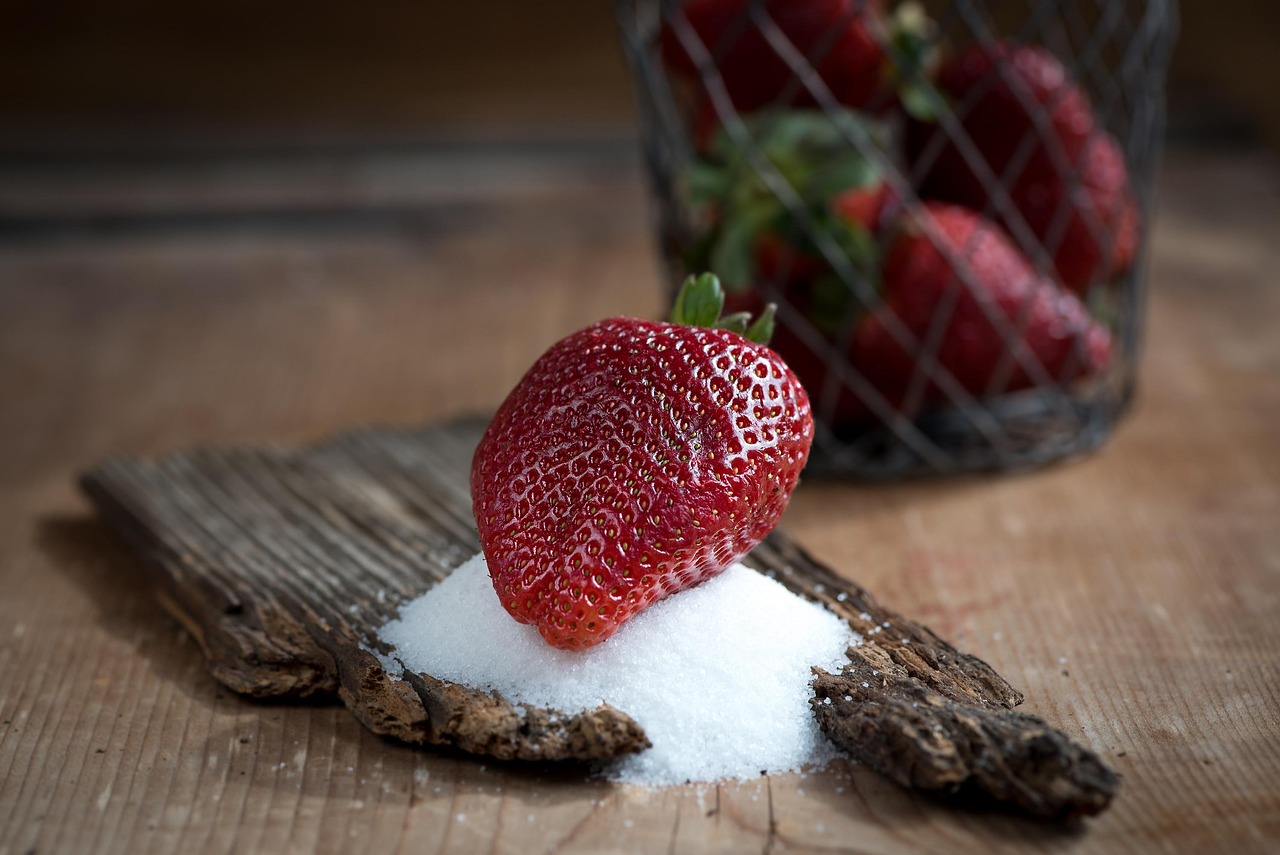Sugar maples do produce ‘helicopter’ winged seeds, commonly known as samaras. These seeds have a unique shape that allows them to spin in the air as they fall, helping with their dispersal.
Understanding Sugar Maples and Their Seeds

Sugar maples, scientifically known as Acer saccharum, are renowned for their vibrant fall foliage and their sap, which is used to produce maple syrup. These majestic trees can grow up to 100 feet tall and thrive in various soil types, preferring well-drained, slightly acidic soils. In addition to their impressive height, they are also valued for their hard, dense wood, which is used in furniture making and flooring.
One of the most interesting aspects of sugar maples is their seed production. Like many other maple species, sugar maples produce seeds that are distinctive in shape and function. These seeds are often referred to as ‘helicopter’ seeds due to their unique winged structure. This feature plays a crucial role in how the seeds disperse from the parent tree.
Characteristics of Sugar Maple Seeds
The seeds of sugar maples have a few defining characteristics:
- Shape: Sugar maple seeds are flat and have a wing-like structure that resembles a helicopter blade.
- Dispersal Mechanism: The wings allow the seeds to spin as they fall, increasing their distance from the parent tree.
- Maturity: Seeds typically mature in late spring and can remain viable for several months.
Seed Production Cycle
The seed production cycle of sugar maples is fascinating. Generally, sugar maples begin producing seeds when they reach around 30 years of age. The trees produce seeds in cycles, typically every 2 to 4 years. This cyclical nature ensures that there are enough resources available for the trees to produce healthy seeds.
The flowering period occurs in April and May. During this time, the trees display clusters of small yellow-green flowers that attract pollinators like bees. After pollination, it takes about 10 to 12 months for the seeds to form and mature.
Table of Sugar Maple Seed Characteristics
| Characteristic | Description |
|---|---|
| Seed Type | Samaras (winged seeds) |
| Wing Length | Approximately 1-2 inches |
| Maturity Time | 10-12 months after flowering |
| Optimal Germination Conditions | Moist, well-drained soil with partial shade |
The unique characteristics of sugar maple seeds contribute to their survival and growth. The spinning motion during descent allows for effective distribution across a wide area, increasing the likelihood that some will land in suitable locations for germination.
In summary, sugar maples not only provide stunning autumn colors but also have an intriguing reproductive strategy through their helicopter-like seeds. Understanding this process highlights the adaptability and resilience of these trees in various environments.
Ecological Importance of Sugar Maple Seeds
The seeds produced by sugar maples play a vital role in their ecosystem. They not only contribute to the tree’s reproductive cycle but also support various wildlife species and the overall health of forest environments. Understanding the ecological significance of these seeds can provide insights into the broader impacts of sugar maples in their habitats.
Food Source for Wildlife
Sugar maple seeds serve as an essential food source for many animals. Various species benefit from the nutritious contents of these seeds. Some of the primary wildlife that relies on sugar maple seeds includes:
- Squirrels: These agile creatures are known to collect and store seeds for winter. Sugar maple seeds provide them with a critical energy source.
- Birds: Many bird species, including finches and woodpeckers, consume the seeds, helping to disperse them across different areas.
- Insects: Certain beetles and other insects may feed on the seeds, contributing to the cycle of life in their habitats.
Contribution to Forest Regeneration
The ability of sugar maple seeds to germinate and grow into new trees is crucial for forest regeneration. When these seeds land in suitable conditions, they can sprout, leading to the establishment of new saplings. This process helps maintain and expand sugar maple populations within forests.
The dispersal mechanism of the helicopter seeds allows them to cover a larger area, which reduces competition among seedlings. This phenomenon enhances the survival rate of young trees, allowing them to thrive in diverse environmental conditions.
Table of Ecological Benefits of Sugar Maple Seeds
| Benefit | Description |
|---|---|
| Nutritional Value | High in protein and fats, providing essential nutrients for wildlife. |
| Seed Dispersal | Facilitates the spread of new trees over a wide area. |
| Habitat Creation | New saplings contribute to increased biodiversity and habitat stability. |
Growth Conditions for Sugar Maple Seedlings
The successful germination and growth of sugar maple seeds into healthy seedlings depend on various environmental factors. Understanding these conditions can aid in the conservation and management of sugar maple populations.
Optimal Soil Conditions
Sugar maple seedlings flourish in specific soil types. Ideal soil conditions include:
- Well-Drained Soil: Excess moisture can hinder seedling development, so well-drained soils are essential.
- Slightly Acidic pH: A pH level between 5.5 and 7 promotes optimal nutrient absorption for young trees.
- Nutrient-Rich Organic Matter: Soils enriched with organic matter support healthy growth and development.
Light Requirements
Sugar maple seedlings prefer partial shade for optimal growth. While they can tolerate some sunlight, too much direct exposure can stress young plants. The balance of light helps them conserve moisture and sustain growth during their formative years.
Water Needs
Moisture is crucial for sugar maple seedlings. Adequate watering during dry spells supports healthy growth. However, it is essential to avoid waterlogging, which can lead to root rot. Monitoring soil moisture levels helps ensure that seedlings receive the necessary hydration without excess.
Common Pests and Diseases Affecting Sugar Maples
While sugar maples are resilient trees, they are susceptible to various pests and diseases. Understanding these threats is crucial for maintaining healthy trees and ensuring their longevity. Early detection and management can help protect these valuable trees from significant damage.

Insect Pests
Several insect pests can affect sugar maples, potentially leading to health issues for the trees. Some notable pests include:
- Asian Longhorned Beetle: This invasive beetle bores into the wood of sugar maples, causing structural damage and potentially leading to tree death.
- Maple Twig Borer: These small beetles create tunnels in the twigs, weakening the branches and making them more susceptible to breakage.
- Leafcutter Bees: While not harmful in large numbers, these bees can strip foliage, reducing the tree’s ability to photosynthesize effectively.
Common Diseases
Sugar maples can also fall victim to various diseases that affect their health and growth. Some common diseases include:
- Verticillium Wilt: This fungal disease affects the tree’s vascular system, leading to wilting and yellowing leaves. It can be fatal if not treated.
- Maple Anthracnose: This leaf spot disease causes dark lesions on leaves, which can hinder photosynthesis and weaken the tree.
- Powdery Mildew: This fungal infection appears as a white powdery coating on leaves, impacting their health and growth.
Management Strategies for Pests and Diseases

Effective management strategies are essential to protect sugar maples from pests and diseases. Here are some recommended practices:
Cultural Practices
Cultural practices can significantly reduce the risk of pest infestations and diseases. Consider the following approaches:
- Regular Inspections: Conduct routine checks on your trees for signs of pests or disease. Early detection is key to effective management.
- Proper Pruning: Remove dead or diseased branches to improve air circulation and reduce the spread of diseases.
- Healthy Soil Management: Ensure soils are nutrient-rich and well-drained to promote strong tree health, making them less susceptible to diseases.
Pesticide Use
If pest infestations become severe, the use of pesticides may be necessary. However, it is essential to follow guidelines carefully:
- Select Appropriate Pesticides: Choose targeted pesticides that specifically address the identified pests while minimizing harm to beneficial insects.
- Follow Application Instructions: Always adhere to the manufacturer’s instructions regarding dosage and timing for application.
- Consider Integrated Pest Management (IPM): This approach combines cultural practices, biological control, and chemical methods for a holistic management strategy.
The Role of Sugar Maples in Their Ecosystem
Sugar maples are integral to their ecosystems, providing numerous benefits beyond their aesthetic appeal. They contribute to the health and stability of forest environments in several ways.
Biodiversity Support
Sugar maples contribute to biodiversity by providing habitat and food for various organisms. The trees support:
- Birds: Many bird species nest in sugar maples or feed on their seeds.
- Mammals: Animals like deer and rabbits often forage around sugar maples, benefiting from the foliage and acorns.
- Insects: A wide variety of insects thrive in the canopy, creating a balanced ecosystem that supports other wildlife.
Soil Health Improvement
The presence of sugar maples helps improve soil health through the process of leaf litter decay. As leaves fall and decompose, they:
- Add Nutrients: Decomposed leaves enrich the soil with essential nutrients.
- Enhance Soil Structure: Leaf litter improves soil aeration and moisture retention.
This process supports a thriving ecosystem beneath the forest floor, further promoting healthy growth for surrounding plants and trees.
The Cultural Significance of Sugar Maples
Beyond their ecological benefits, sugar maples hold significant cultural importance. They are deeply rooted in the traditions and practices of many communities, particularly in regions where they thrive. The following aspects highlight their cultural relevance:
Maple Syrup Production
Sugar maples are best known for their sap, which is harvested to produce maple syrup. This process is celebrated in many North American communities, especially in the Northeastern United States and Canada. The following points outline the significance of this practice:
- Tradition: Maple syrup production has been a tradition for centuries, passed down through generations. It often involves community gatherings during the sugaring season in late winter and early spring.
- Economic Impact: The maple syrup industry contributes significantly to local economies, providing jobs and promoting tourism through festivals and tours.
- Culinary Uses: Maple syrup is a beloved ingredient in various dishes, from breakfast foods to desserts, adding a unique flavor profile that many cherish.
Symbolic Representation
Sugar maples also serve as symbols in various cultural contexts:
- National Symbol: In Canada, the sugar maple leaf is featured on the national flag, representing unity and pride.
- Environmental Awareness: Many conservation initiatives highlight the importance of sugar maples in maintaining healthy forests, symbolizing environmental stewardship.
Challenges Faced by Sugar Maples

Despite their many benefits and significance, sugar maples face several challenges that threaten their health and survival. Recognizing these challenges is essential for effective conservation efforts.
Climate Change
Climate change poses one of the most significant threats to sugar maples. Rising temperatures, altered precipitation patterns, and extreme weather events can impact their growth and reproduction. Key concerns include:
- Shifts in Range: As temperatures rise, sugar maples may struggle to survive in their current habitats, potentially leading to a shift in their geographical range.
- Pest and Disease Pressure: Warmer climates can facilitate the spread of pests and diseases that threaten sugar maples, exacerbating existing vulnerabilities.
Urban Development
Urbanization poses additional threats to sugar maple populations. As cities expand, natural habitats are lost. The impacts include:
- Habitat Loss: With more land being developed for residential and commercial use, sugar maple populations may decline due to habitat destruction.
- Pollution: Urban environments often lead to increased pollution levels, which can negatively affect tree health and soil quality.
Final Thoughts
Sugar maples are remarkable trees that provide immense ecological, cultural, and economic value. Their unique ‘helicopter’ seeds not only ensure their propagation but also highlight their adaptation to diverse environments. As we learn more about the importance of these trees, it becomes evident that they play an essential role in maintaining biodiversity and supporting various wildlife species.
Moreover, the cultural significance of sugar maples extends beyond their beauty and utility; they embody traditions that connect communities to their land and promote environmental awareness. However, as challenges such as climate change and urban development threaten their existence, it is crucial for individuals and communities to engage in conservation efforts. By protecting sugar maples, we are not only safeguarding a vital part of our ecological heritage but also preserving a cultural legacy that enriches our lives.
Ultimately, understanding the diverse aspects of sugar maples—from their seeds and growth conditions to their ecological roles and cultural significance—encourages appreciation for these remarkable trees. As stewards of the environment, we must cherish and protect sugar maples for future generations to enjoy.
